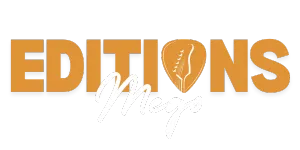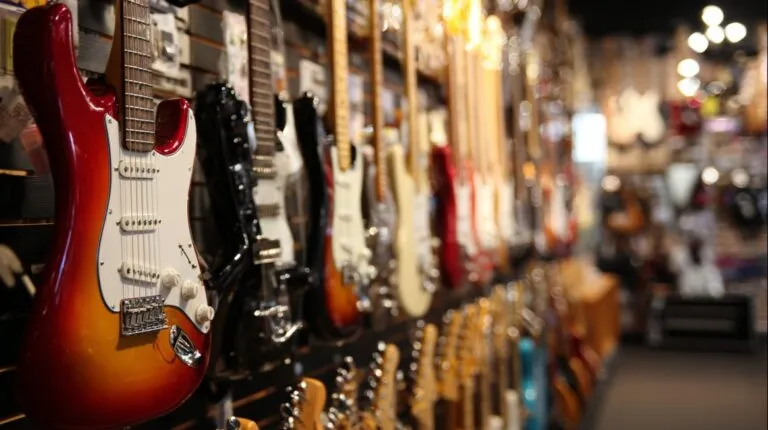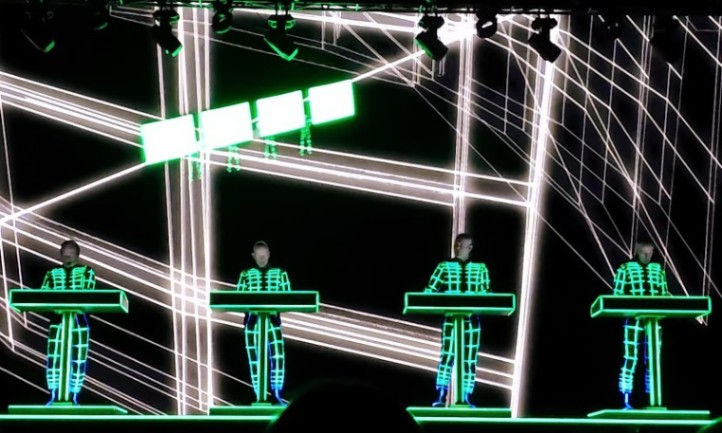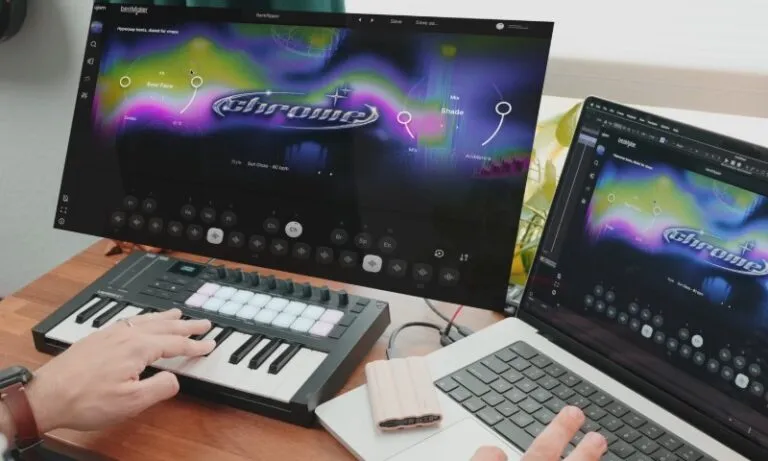Field recordings refer to the act of capturing environmental or non-studio sounds using mobile audio equipment.
Once strictly a documentation method for film or ethnography, field recording has grown into a core compositional practice in avant-garde music and experimental sound design.
Early adopters like Pierre Schaeffer and the musique concrète movement pioneered the creative use of recorded sounds as raw material.
Instead of treating sound merely as background or support, artists began crafting compositions entirely with found audio, like:
- Animal calls
- Mechanical noise
- Voices
- Wind
Today, field recordings serve as tools for sonic storytelling and emotional texture. Artists working in genres like ambient, electronic, noise, and even cinematic scoring regularly harness environmental audio to evoke presence, tension, nostalgia, and dissonance.
Their use helps create soundscapes that resonate on psychological and sensory levels, drawing the listener into constructed yet tangible audio worlds.
Table of Contents
ToggleGetting Started: Tools and Techniques
Creating compelling field recordings begins with choosing the right tools and refining your recording practices. High-quality gear helps preserve detail and nuance, while careful technique ensures clarity and presence.
Creating compelling field recordings begins with thoughtful gear selection and disciplined recording habits. Effective capture of environmental sound relies not only on equipment but also on preparation, discretion, and adaptability.
Capturing clean, immersive, and useful audio depends on both technical readiness and practical awareness in real-world settings.
Essential Gear

Choosing the right tools allows greater flexibility in both the field and the editing phase.
Various types of microphones and accessories serve different recording objectives. Key equipment includes:
| Category | Equipment | Function and Description |
|---|---|---|
| Microphones | Shotgun Microphones | Focus on narrow sound sources; ideal for isolating specific elements like birds or speech. |
| Binaural Microphones | Recreate spatial realism by mimicking ear placement; immersive on headphones. | |
| Dynamic Microphones | Perform well in loud environments; durable but may lack sensitivity for fine details. | |
| Condenser Microphones | Offer high sensitivity and wide frequency response; best for subtle or delicate sounds. | |
| Recorders & Accessories | Portable Recorders | Zoom H5/H6 or Tascam DR models; balance size with professional audio fidelity. |
| Windscreens | Reduce rumble and distortion from wind exposure. | |
| Shock Mounts | Minimize noise caused by physical handling or footsteps. | |
| Tripods/Stands | Stabilize microphones, avoid body contact, and keep recordings clean. |
A well-prepared field kit ensures that environmental variables like wind, handling movement, and sudden sonic shifts can be managed effectively. Investing in quality accessories prevents compromised recordings due to preventable issues.
Fieldcraft Tips

Technique often surpasses technology. Even high-end equipment cannot compensate for poor planning or careless field behavior.
Fieldcraft, your set of behaviors and strategies while recording, is as important as any piece of gear. A successful recording session depends on deliberate choices before pressing the record button.
Key practices include:
| Scouting Locations | Blending with the Environment | Multiple Takes and Ambience Captures |
|---|---|---|
| Visit sites in advance to evaluate noise levels. | Wear non-reflective, silent clothing. | Record a variety of takes to ensure at least one clean version. |
| Identify times of day with minimal human activity or mechanical interference. | Minimize movement; even small shuffles can ruin a quiet take. | Capture long stretches of ambient sound to support seamless integration later. |
| Note recurring sound events, distant trains, animal calls, construction, and schedule accordingly. | Avoid bright or attention-drawing equipment setups that may alter natural behavior. | Monitor recordings in real time through quality headphones to catch interference or distractions. |
Recording environments often resist control. Embracing unpredictability while remaining vigilant allows for spontaneous discovery without sacrificing quality.
Practicing patience and maintaining a low profile are often more powerful than any editing plugin.
Sound Library Development
Building a reliable and versatile sound library empowers long-term creative projects and streamlines workflow. Field recordings become increasingly valuable over time when archived with care and thought.
An organized archive not only reduces production delays but also encourages reuse and reinterpretation of past material.
Curation Practices

Proper organization starts with metadata. Assign consistent and detailed tags to every recording. It ensures easy navigation and efficient recall during the creative process.
Each file should include the following metadata:
- Location (city, coordinates, landmark)
- Date and time of capture
- Weather conditions and ambient characteristics
- Equipment used (recorder model, microphone type)
- Brief description of sound content (e.g., “waves hitting wooden dock,” “morning birds near riverbank”)
Naming conventions should follow a logical structure. Prefixes like “NAT_” for nature, “URB_” for urban, or “INT_” for interior can make browsing intuitive. File names could follow this format: NAT_Forest_Dawn_Rain_2025_03_11.wav.

Backups prevent loss and make long-term storage sustainable. Employ the following practices:
- Save files in at least two physical locations (external hard drive and cloud service)
- Keep uncompressed formats (like WAV) for editing and MP3 versions for reference
- Maintain a changelog for edits or remixes
Version control is essential when processing recordings. Always retain the original files untouched. When edits occur, such as cleaning, slicing, or applying effects, save new versions under a separate folder with notes about modifications.
Ethical Considerations
Sound gathering carries responsibility. Not all environments are neutral, and not all subjects welcome exposure. Ethical field recording respects the identity, history, and culture of the space and its inhabitants.
Before recording in culturally sensitive areas or among communities, consider these actions:
- Ask for consent when capturing identifiable speech, rituals, or events
- Avoid locations marked by trauma or spiritual importance without permission
- Share intentions clearly with people nearby when possible
Exploitation for artistic gain at the cost of others’ dignity or rights diminishes creative value. Ethical sound gathering strengthens the bond between artist, audience, and subject matter.
Key legal checkpoints to remember:
| Legal Area | Key Points | Considerations |
|---|---|---|
| Public Spaces | Often allow recording but with exceptions | Parks, stations, and government buildings may have rules or signage limiting audio capture |
| Private Property | Always requires permission | Recording in homes, businesses, or enclosed areas without consent may be treated as trespassing |
| Sound Ownership | Applies to music, broadcasts, performances | Using such recordings without clearance can lead to copyright infringement |
| Voice Rights | Protected in many legal systems | Capturing someone’s voice without consent, especially for commercial purposes, may breach privacy laws |
Taking time to learn about regulations where recordings take place prevents future setbacks. Staying informed allows more freedom in editing, publishing, and performing with the sounds collected.
Processing and Creative Manipulation
Once captured, field recordings transform into sculptural material. Each sound holds potential for dramatic or subtle reinvention.
Processing allows the artist to isolate detail, reshape meaning, and recontextualize ordinary moments into expressive sonic components.
Cleaning and Preparation
Before any creative transformation begins, recordings benefit from careful preparation. Removing noise and adjusting gain ensures clarity and balance during later stages.
Editing with intention prepares recordings to function seamlessly within compositions or installations.
Essential tasks in this phase include:
- Noise reduction: Reduce hiss, electrical hum, and background interference using software like RX, Audacity, or built-in DAW tools.
- Equalization (EQ): Emphasize desired frequencies or suppress problematic ones. For example, filtering out low-end rumble enhances vocal clarity.
- Trimming and editing: Remove unintentional silences, interruptions, or sudden distortions. Refine length and pacing.
- Fading: Apply smooth fade-ins and fade-outs to prevent abrupt sound starts or stops.
- Gain leveling: Normalize amplitude without clipping, ensuring uniform volume across recordings.
Creative Sound Design Techniques
Once cleaned, field recordings become ripe for experimental shaping.
Various techniques alter their sonic identity, allowing them to serve expressive or musical functions in unexpected ways.
A few core techniques include:
- Reversing: Playing audio backward creates unfamiliar textures and introduces mystery or surrealism.
- Transposing: Shifting pitch alters tonal character. Birdsong can turn into eerie shrieks or shimmering synth-like tones.
- Slicing: Breaking audio into rhythmic segments allows rearrangement into loops or percussive motifs.
- Layering: Combine multiple recordings to form dense acoustic environments or shifting sonic illusions.
- Pitch/time manipulation: Stretching or compressing recordings generates abstract timbres or ghostly slow-motion effects.
- Convolution reverb: Use environmental recordings as impulse responses to apply acoustic fingerprints to new sounds.
Custom Instruments
Field recordings don’t need to stay in the background. They can take center stage as playable instruments when mapped into samplers or granular synthesizers.
The practice transforms recordings into melodic, harmonic, or rhythmic tools.
Useful approaches include:
- Percussive mapping: Use metallic clangs, footfalls, or door slams as drum hits or rhythmic accents.
- Melodic instruments: Map pitched elements like birdcalls or whistles across a MIDI keyboard to form evolving pads or leads.
- Textural layers: Combine noise-based recordings like wind, water, or urban hum to design ambient beds and evolving textures.
- Granular synthesis: Break recordings into micro-samples and rearrange or morph them in real time.
The Bottom Line
Field recordings offer endless possibilities for artistic expression. Each environment holds sonic textures that can be captured, shaped, and reimagined.
Composers and sound designers are encouraged to engage with their surroundings as instruments in their own right.
Ethical practices, creative experimentation, and a curious ear will open doors to profound artistic discoveries. Field recordings create meaningful links between the listener, the creator, and the world that surrounds them.












